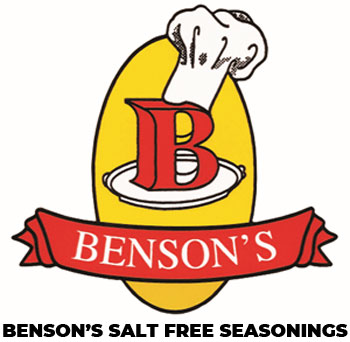So you think people get diabetes by being overweight and eating too much sugar, right? Wrong. There are a lot of misconceptions concerning this disease. What isn’t a misconception is that 25.8 million Americans struggle with the condition daily. That’s over 8% of the population, with 215,000 of them being under 20 years old.
Everyone knows that those who are diabetic need to limit their sugar intake. But it’s more complicated than that. Being diabetic also increases the risk for high blood pressure or hypertension. Those at risk need to follow a low sodium diet along with limiting sugars. It is recommended that people with this condition have no more than 2,400 mg of sodium per day, and if you have high blood pressure too, no more than 1,500 mg.
Think that you might have diabetes, but not sure? Many signs of type 1 and type 2 are similar. In both types, your cells aren’t getting enough glucose which leads to specific symptoms. If you notice any of these, you should schedule an appointment to discuss them with your doctor.
- Urinating more often
- Unusual thirst
- Unexplained weight loss
- Weakness or chronic fatigue
- Your hands, legs, or feet feeling numb or tingling
If you are diagnosed with diabetes or are at risk for it, your doctor will usually advise you to also follow a low sodium diet. Determining which foods are high in sodium can be confusing at first, so here are some general guidelines to help show you what to avoid.
- Salt of any kind, including sea salt and Kosher salt, and seasonings with salt including most seasoning packets, gravy mixes, salad dressing mixes, etc.
- Just about anything that says instant or quick
- Highly processed or cured foods such as bacon, sausage, ham (vegetarian versions can also be high in sodium)
- Condiments such as ketchup, (which is also high in sugar), mustard, mayonnaise, and hot sauce to name a few
- Pickled items
- Frozen dinners, frozen vegetables (except for no salt added)
- Salty snacks such as salted or flavored potato chips, salted or flavored corn chips, salted pretzels, salted nuts, microwave popcorn, crackers, and rice cakes (Note: Most low-fat foods are high in sodium)
- Most store-bought sauces such as soy sauce (even low sodium soy sauce can be too high in sodium for some diets and folks tend to shake on twice or three times as much trying to get enough flavor), steak sauces, barbecue sauces, teriyaki sauces and marinades
- Bread (read the sodium per slice), bread crumbs, croutons, biscuits, rolls
- Just about anything that is canned such as vegetables, meats, soups, broths
You might be wondering what that leaves you to work with.
- Use fresh ingredients in your meals.
- You can still enjoy flavorful foods by using salt substitutes and salt-free seasonings.
- Use dried beans, peas, and legumes instead of canned ones.
- Try whole grains like brown rice, oats, quinoa (a seed not a grain like most folks think), and barley instead of pasta and white rice which have a high glycemic index and are usually cooked in salted water.
- Fruit is often misleading because it is thought of as healthy but is high in fructose. Fruit is a good way to add some sweetness to your diet, just use it in moderation.
Being diagnosed with Diabetes does not signal the end of your life. But it does signal having to pay more attention to your diabetic diet and lifestyle. Remember, it’s not just about sugar, it’s also about your daily sodium intake. A few adjustments will help you keep your condition contained, instead of the condition containing you.
